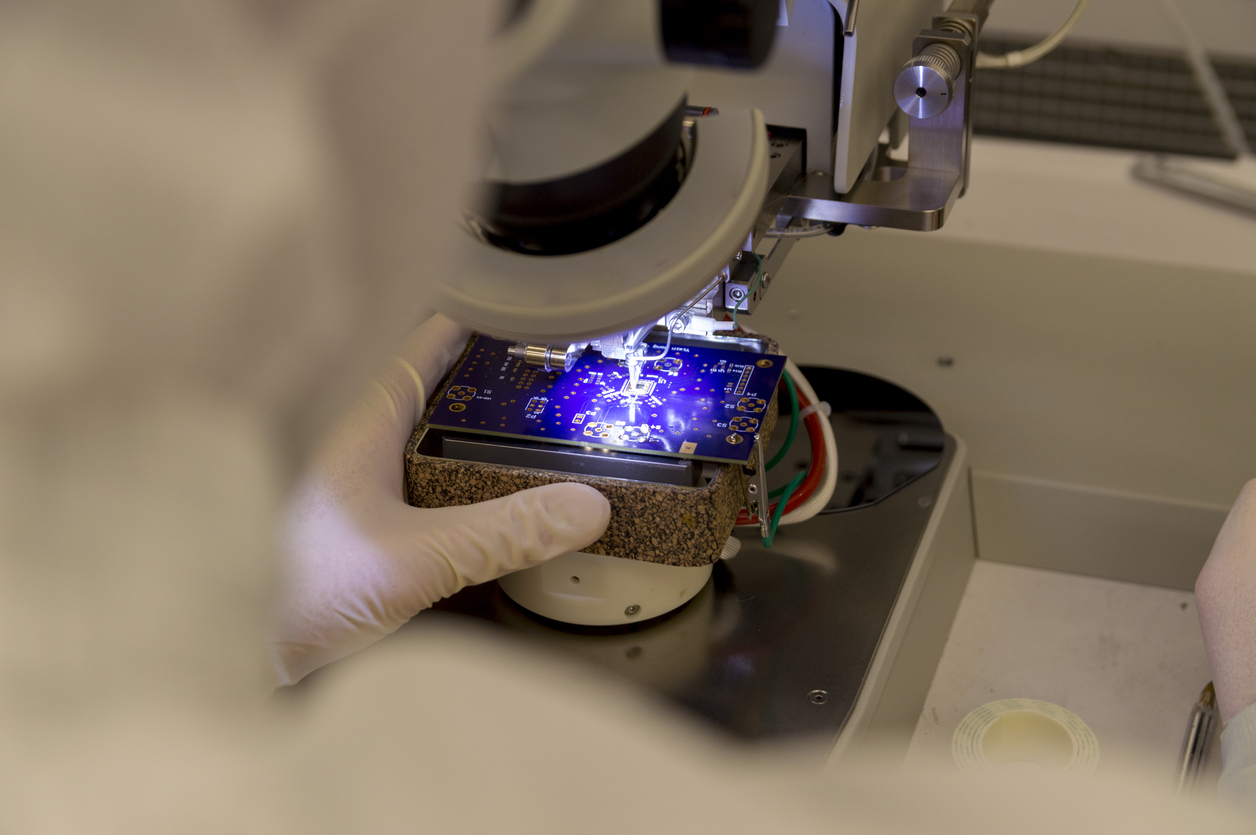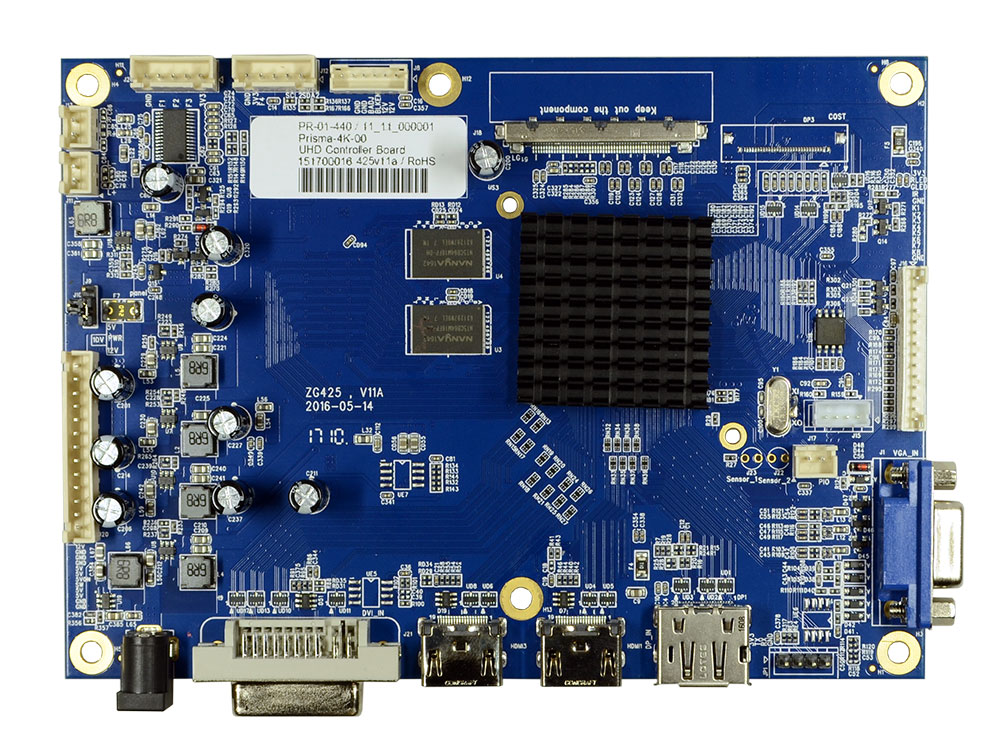
How Does Optical Bonding Work?
September 8, 2021
The optical bonding process is crucial when it comes to the manufacturing of LCD’s and touch screen systems.. Without optical bonding, screens would have lower brightness and contrast resulting in diminished readability and be less durable. ,
What is Optical Bonding?
Optical bonding consists of adhering the touch sensor or cover glass to an LCD panel. This process secures the two parts together to create a solid bond between them without any pockets of air or air gap between the layers.
Some benefits that optical bonding provides include:
- Reduced parallax issues
- Improved touch accuracy
- Increased durability
- Dust and moisture protection
- Brighter visuals
- Higher contrast and readability
The Optical Bonding Process at Fortec
Here at Fortec US, we’re experts when it comes to optical bonding. Our process, VacuBond®, leads the industry and is the most advanced form of optical bonding. We use a dry process utilizing a pure silicone gel sheet with the bonds performed in a vacuum chamber which yields perfect results every time. The VacuBond® process can be used for display sizes up to 32 inches with all touchscreens and cover glasses. As well, it is particularly beneficial in smaller displays with no bezels that are often difficult to bond.
See more about how Fortec US’ VacuBond® process makes the difference on our website.

Contact Us Today to Learn More About Our Custom Digital Screen Solutions!
As the global leader in optical bonding, Fortec US supports you in all project phases – from the construction of the metal housing and procurement of specific parts to in-house development of controller boards and touchscreen integration. In need of a product, part, or have a project in mind? Contact us today at (631) 580-4360 or click here for more information.

The Benefits of Touchscreen Integrated Displays
December 8, 2025

Why Retailers Need Stronger Cybersecurity Strategies During the Holidays
December 5, 2025

Staying Safe This Season: Cybersecurity Tips for Online Shoppers
December 2, 2025

What Makes a Display Industrial Grade?
November 6, 2025

How Display Technology is Shaping the Future of Communication
November 5, 2025

How Prisma TFT Controllers Simplify Display Integration
October 28, 2025


